By SarhindTimes Environment & City Bureau | New Delhi / Gurugram / Noida | Tuesday, October 21, 2025
Delhi woke up on Tuesday under a dense grey haze, as air quality levels in several parts of the National Capital Region (NCR) crossed the ‘severe’ category, prompting the Commission for Air Quality Management (CAQM) to invoke Stage 3 of the Graded Response Action Plan (GRAP) — a set of emergency anti-pollution measures.
The Air Quality Index (AQI) touched 516 in Anand Vihar, 502 in Dwarka, 488 in Gurugram, and 471 in Noida, according to the Central Pollution Control Board (CPCB) data at 8 a.m. Visibility plummeted to less than 200 meters at IGI Airport during early hours, disrupting 19 flights.
Officials attributed the spike to a combination of stubble burning in Punjab and Haryana, vehicular emissions, and calm wind conditions that trapped pollutants near the surface.
GRAP Stage 3: What It Means
Stage 3, known as the “severe plus” category, is triggered when AQI exceeds 450 for two consecutive days. Under this, authorities have ordered:
- Ban on construction and demolition activities except for projects of national importance (railways, metro, airport, hospitals).
- Closure of brick kilns, stone crushers, and hot-mix plants in Delhi-NCR.
- Restriction on BS-III petrol and BS-IV diesel vehicles in Delhi, Gurugram, Faridabad, Ghaziabad, and Noida.
- Work-from-home advisory for government and private offices.
- Schools urged to switch to online classes for primary sections.
- Water sprinkling and anti-smog guns made mandatory at construction zones and landfill sites.
The CAQM warned that failure to comply could lead to Stage 4 (emergency) activation — which includes complete truck bans and vehicle rationing.
The Smog Story: From Harvest to Hazard
Satellite imagery from ISRO’s MODIS sensor recorded 3,700 farm fire incidents in Punjab and Haryana over the weekend, up 44% from last week.
The smoke, carried by northwesterly winds, merged with urban pollutants to form a thick aerosol blanket over NCR.
Meteorological experts noted that wind speeds dropped below 5 km/h, preventing dispersion of particulate matter.
The concentration of PM2.5 — fine particles that penetrate lungs — touched 340 µg/m³, nearly seven times the safe limit prescribed by the World Health Organization (WHO).
Dr. V.K. Soni, IMD scientist, said:
“We are witnessing a perfect storm of emissions and meteorology. The inversion layer is trapping pollutants close to the surface.”
Impact Across the NCR
Delhi
The smog was thickest around Anand Vihar, Wazirpur, and Jahangirpuri, where industrial and traffic emissions converge.
Residents complained of eye irritation, sore throats, and breathlessness.
Gurugram
The Millennium City’s Udyog Vihar and Golf Course Road recorded AQI levels between 460 and 480.
The Gurugram Metropolitan Development Authority (GMDA) deployed 15 anti-smog guns and halted all non-essential construction.
Noida & Ghaziabad
Industrial clusters in Sector 63 (Noida) and Loni (Ghaziabad) reported severe smog, with schools reducing outdoor activities.
Noida Authority CEO Lokesh M. said:
“We’ve sealed 22 construction sites for non-compliance with GRAP norms. Dust remains our biggest local challenge.”
Health Emergency: Hospitals See a Surge
City hospitals reported a 30–40% increase in respiratory and cardiac cases over the last 72 hours.
At AIIMS Delhi, emergency departments were packed with patients suffering from asthma attacks, COPD, and allergic bronchitis.
Dr. Randeep Guleria, former AIIMS Director, told Sarhind Times:
“This is no longer seasonal discomfort; it’s a recurring public health disaster. Children and the elderly are the worst affected.”
Pharmacies across NCR noted a surge in sales of inhalers, anti-allergy tablets, and air purifiers.
The Economic Cost
According to a CII study, Delhi-NCR loses nearly ₹2,200 crore per week during severe pollution phases due to reduced worker productivity, logistics delays, and healthcare costs.
Real estate projects face suspension, and logistics firms report 20–25% drop in efficiency due to restricted truck movement.
Auto industry insiders warn that the recurring bans on BS-IV diesel vehicles have hurt small fleet operators, while cab aggregators scramble to adapt routes to avoid fines.
Government Response
Delhi Environment Minister Gopal Rai announced that 66 inspection teams were on ground to ensure compliance with construction bans.
He also urged citizens to use public transport and carpooling, and to avoid outdoor exercise in mornings and evenings.
The Haryana Pollution Control Board (HSPCB) said it had penalized 112 industries for running without pollution control devices.
Meanwhile, Chief Minister Arvind Kejriwal reiterated his appeal to Punjab farmers to adopt Happy Seeder machines instead of burning crop residue, adding:
“We can’t let our children’s lungs become collateral damage of outdated practices.”
Role of Technology
The CAQM has activated its AI-based Air Quality Early Warning System, developed with IITM Pune, which uses satellite and ground data to forecast pollution three days in advance.
The system helps authorities pre-emptively impose GRAP measures.
Additionally, the Delhi Development Authority (DDA) has installed low-cost air sensors in 50 hotspots for hyper-local monitoring.
Voices from the Ground
At ITO crossing, traffic police constable Deepak Kumar said:
“Standing eight hours in this air feels like smoking a hundred cigarettes. Masks help little.”
Commuter Meena Tiwari, who cycles from Lajpat Nagar to her workplace, lamented:
“I can’t see beyond ten meters. My throat burns every morning.”
In Gurugram’s Sushant Lok, residents sealed balcony gaps and switched to indoor air purifiers.
Housing societies are considering shared HEPA filtration systems in common areas.
Judicial Oversight
The National Green Tribunal (NGT) has sought a status report from Delhi, Haryana, and Uttar Pradesh on enforcement within 72 hours.
Chief Justice of India D.Y. Chandrachud separately remarked during an unrelated case:
“If children can’t breathe, development loses meaning.”
Pollution Composition: The Silent Killers
Major Pollutants in Delhi Air (October 2025):
| Pollutant | Average Concentration (µg/m³) | Permissible Limit (µg/m³) |
| PM2.5 | 340 | 60 |
| PM10 | 515 | 100 |
| NO₂ | 92 | 40 |
| SO₂ | 38 | 80 |
| Ozone (O₃) | 42 | 100 |
PM2.5 remains the most harmful, penetrating deep into lungs and bloodstream, increasing risks of stroke, heart attack, and cancer.
International Reactions
The pollution crisis in Delhi-NCR has drawn global attention.
CNN termed Delhi “the world’s unbreathable capital,” while Bloomberg called it a “warning for all developing megacities.”
The World Health Organization (WHO) urged India to implement emergency health advisories during severe episodes, including school shutdowns and indoor safety protocols.
Long-Term Solutions Under Review
The CAQM outlined a 10-point winter action plan including:
- Expansion of electric bus fleets (target: 10,000 by 2026).
- Rapid conversion of diesel generators to CNG or biofuel.
- Dust-free corridors along major highways.
- Construction of green walls using vertical vegetation barriers.
- Greater enforcement of stubble management subsidies in Punjab and Haryana.
However, environmentalists argue these remain reactive rather than preventive.
Sunita Narain, Director-General of the Centre for Science and Environment (CSE), said:
“We have enough plans; what’s missing is consistent enforcement. Air doesn’t respect borders, and neither should accountability.”
The Human Cost
A 2025 Lancet Planetary Health Report estimated that air pollution contributes to 1.67 million deaths in India annually, costing nearly 1.3% of GDP in lost productivity and healthcare.
In NCR, schools like Delhi Public School, Noida and Sanskriti School, Chanakyapuri have installed indoor air purifiers in classrooms to protect children.
Students of St. Xavier’s, Gurugram, wore masks during morning assemblies as parents demanded full-day closures.
Public Awareness Campaigns
The Delhi Government’s “Red Light On, Gaadi Off” campaign will be reintroduced from this week, urging motorists to turn off engines at signals.
Billboards across the city display messages such as:
“Your one minute idling = one day of smog.”
Digital influencers and RWAs are mobilizing citizens via social media challenges like #CleanAirChallenge and #MaskUpDelhi.
Conclusion: Breathing on Borrowed Time
Every winter, Delhi becomes a cautionary tale—a city gasping between political blame and public apathy.
GRAP may offer temporary relief, but sustainable change demands structural transformation: cleaner energy, responsible farming, and citizen participation.
Until then, Delhiites continue to measure mornings not by sunlight—but by the thickness of the haze.
As one resident poignantly said:
“We can live without fireworks, but not without air.”
#DelhiSmog #AirPollution #GRAP #CleanAir #Environment #PublicHealth #NCR #CAQM #ClimateCrisis
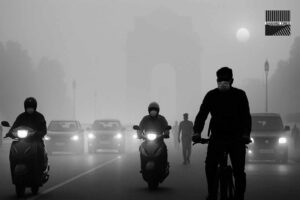
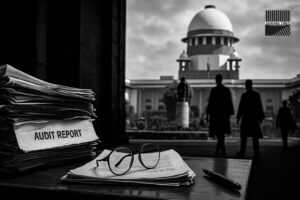


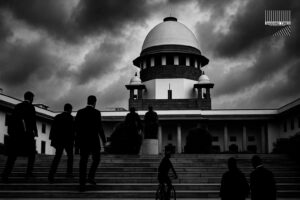
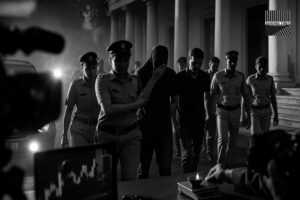

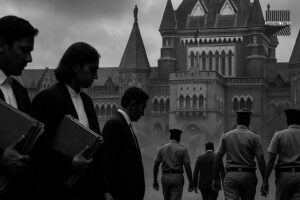



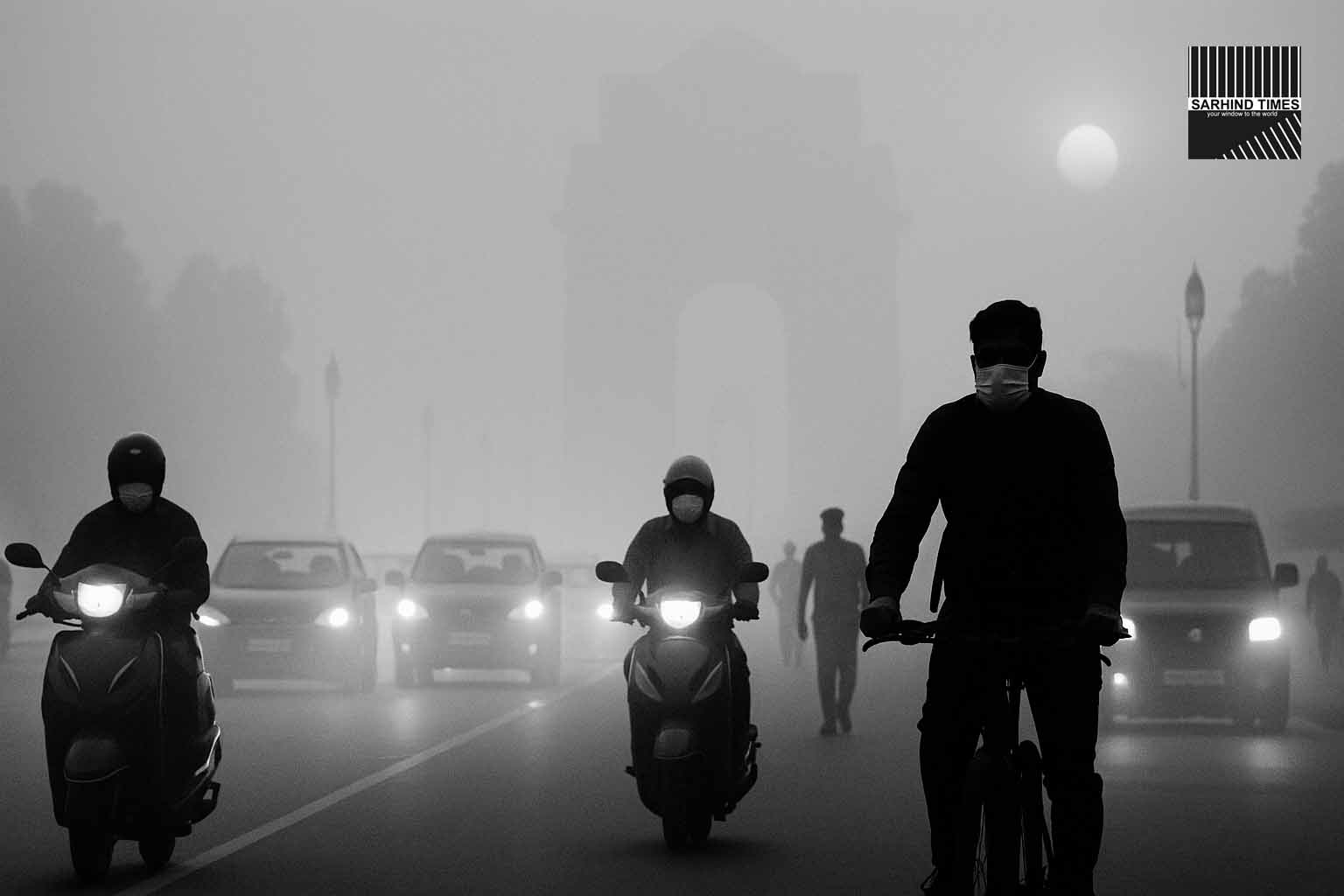
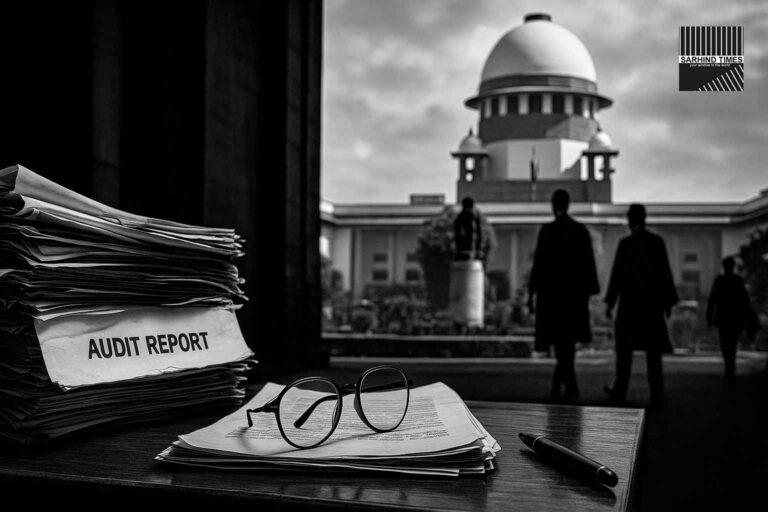
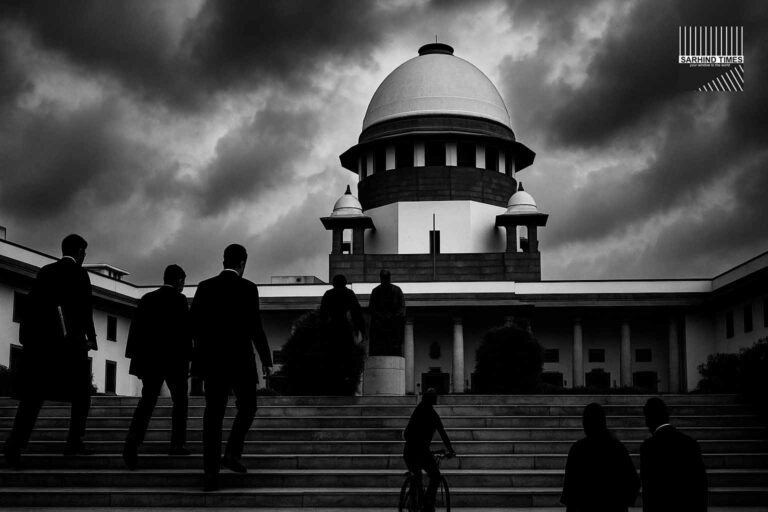
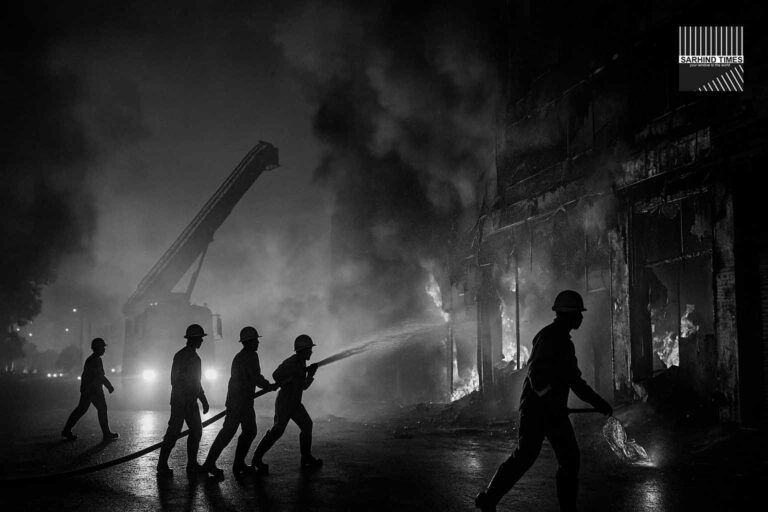
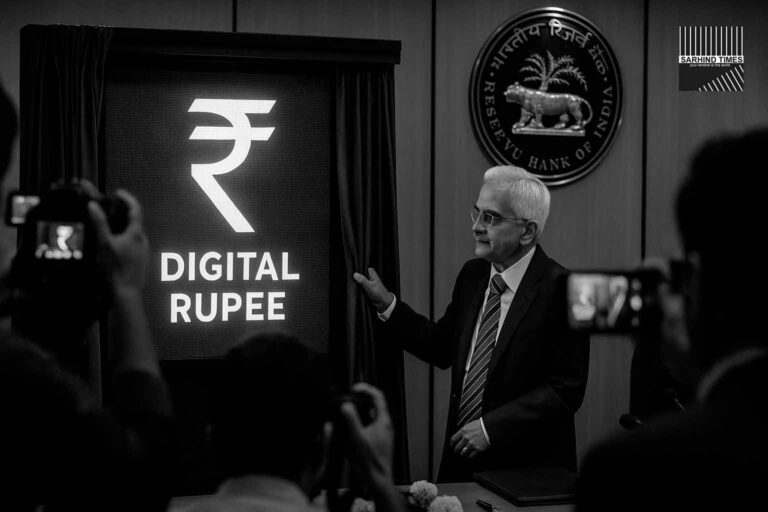

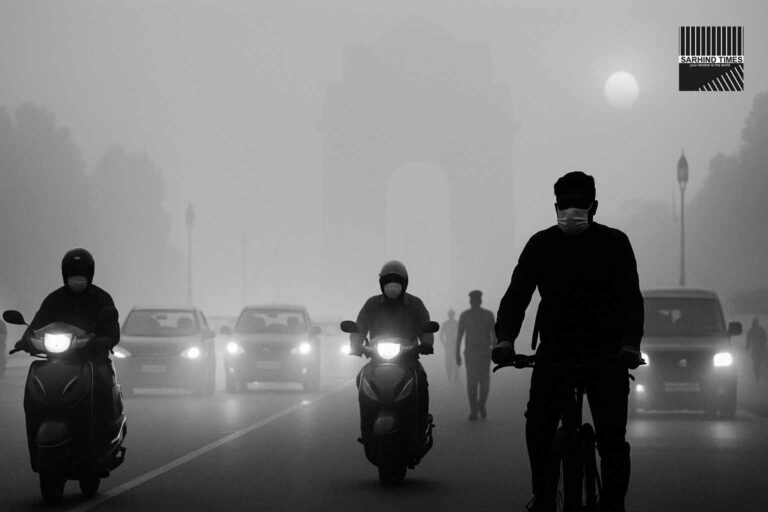
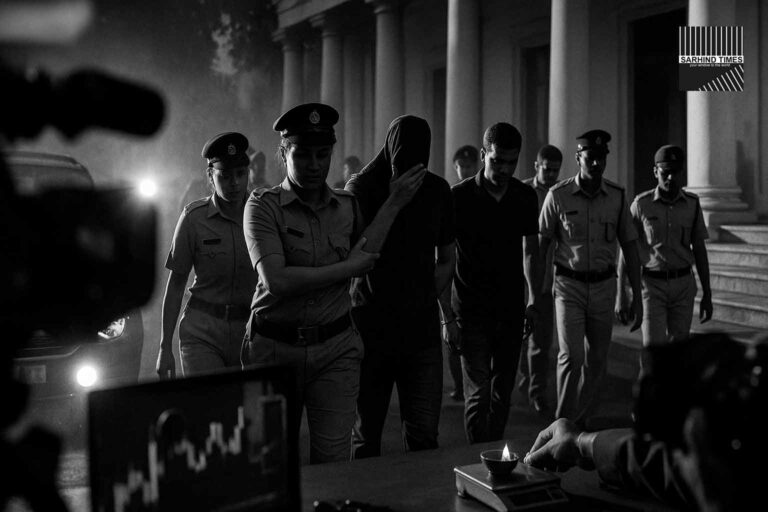

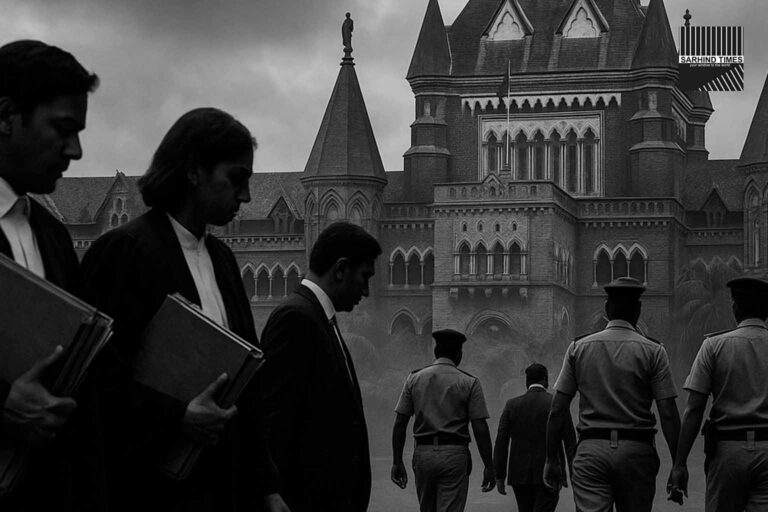
+ There are no comments
Add yours